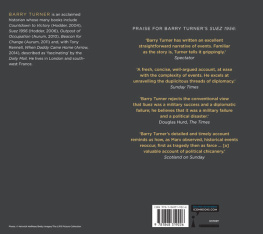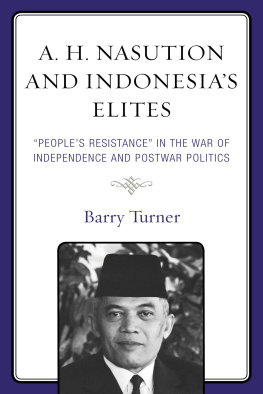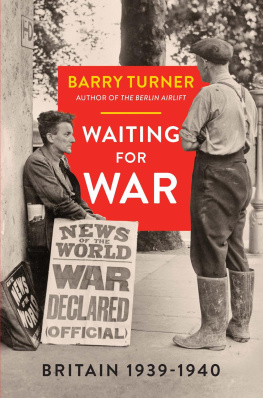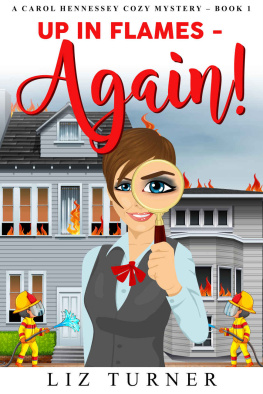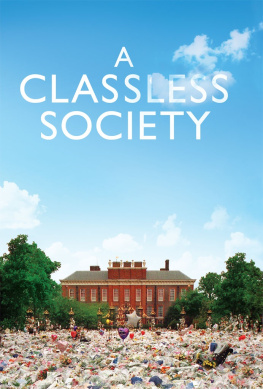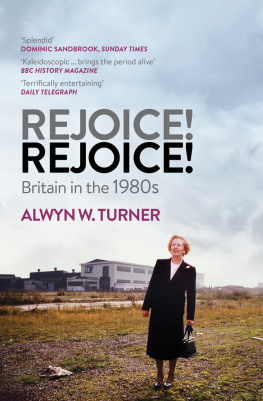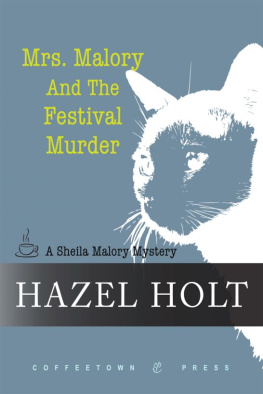The 1951 Festival of Britain was a commercial and cultural showcase for the promotion of trade and the edification of the people. A century earlier, Britain had basked in the reflected glory of the Great Exhibition, the high point of Victorian world patronage, when over six million visitors had traipsed through Joseph Paxtons Crystal Palace to gawk at the mechanical wonders of the age. None since had matched the splendour and excitement of that event and in 1951, with Britain in its post-war doldrums, it took a high degree of courage, even audacity, to throw the spotlight on a bedraggled phoenix arising from austerity and disenchantment. Yet the miracle happened. On a soggy, derelict site on the south side of the Thames, Britain was recreated as an image of the future, a proud country which had much to offer to the store of human happiness.
Inevitably, prediction was tarnished by experience. The Festival style, owing much to Scandinavian and, to a lesser extent, Italian design, was light and spacious and, above all, sensitive to social and environmental needs. What came after was distorted by a national culture that favoured picturesque cosiness over the more practical and, some thought, sterile design of the northern Europeans. To take one of many small examples, the flat-fronted gas and electric fires displayed at the Festival as heat efficient and a saving on space were admired for their ingenuity but largely rejected by consumers wedded to the bulbous imitation log fires which were better at suggesting warmth than actually delivering it.
Likewise, Festival architecture, though evident in schools (2,500 were built between 1944 and 1955), hospitals and new towns called forth by the welfare state, was long resisted by the lobby for old-fashioned values, which favoured Tudor-style beams and mock Georgian portals. After the Festival, the conservation movement was strengthened by the horrors of what really was modern, such as the outcrop of city tower blocks, to annul the fear of rural Britain disappearing under low-rise urban mass. The love of concrete, so flexible, so durable, so easy and cheap to produce, inspired creative architects, but most were frustrated by planners and developers who thought good taste was to do with shrimp cocktails. Alongside the concrete monoliths, the love affair with the car gave right of way to vehicles over the right of ordinary citizens to live in communal harmony.
All this was anathema to those who inspired the Festival, though ironically they are often blamed for the errors of judgement perpetrated by their successors. To look back now at what the Festival stood for and what it had to offer is to discover a spirit of imagination and adventure that only in recent years has begun to realise its full potential. Memories of the Festival are a potent reminder of what we might have achieved much earlier had we had the wit to recognise the challenge.
Ah, memories. My Festival of Britain was a day trip to London. For a thirteen-year-old from what was then deepest rural Suffolk, this was a big adventure. It started with a disappointment. Not quite sure of what I was in for, I was certain of only two things; the Festival promised not only a fun fair the likes of which had never graced our local playing fields, but, best of all, illuminations, this at a time when a few coloured lights in a shop window were cause enough to stand and stare. Neither of these was I destined to enjoy. The excursion train from Bury St Edmunds to Liverpool Street was scheduled to return in the early evening when it was still light, allowing us too little time to visit the Battersea Pleasure Gardens, some way up river from the main exhibition site on the South Bank near Waterloo.
It was thus a sulky schoolboy who embarked on a rare visit to the capital, the journey brightened by my making short work of the sandwiches that were supposed to have been held over for lunch. Unloaded in the steam and sooty smells of Liverpool Street, I and my gaggle of school friends, all in uniform caps, dark blue blazers and grey flannel trousers, were shepherded on to the Underground (a first for many of us) to emerge in Wonderland.
My strongest Festival memory is of the broad-brush impression of newness, a contrast to all else that could be seen from the Thames embankment and, indeed, of anything we were used to at home. The Festival colours were startling, a happy departure from the shades of black and white that branded the post-war years. Everybody remembers the Dome of Discovery. But do they, really? The aerial pictures of the South Bank utilised to illustrate countless brochures and articles show the Dome as the pre-eminent spectacle, but close to ground level it merged easily into the surrounding network of shining lightweight buildings and broad walkways with a surprise round every corner.
For me, and I think for many youngsters, the Festival was the first indication that learning was discovery and that discovery could be fun. No doubt we picked up something of the essential message of the Festival, that Britain was emerging from hard times to lead a revolution in domestic design and technology that promised a better life for all. But it was the individual exhibits, though tame by modern standards of animated display, that caught the eye and the imagination. Wandering the Festival you could see how things might work if modern science were to be engaged as the servant of progress.
At the time I had no idea why the Festival had been mounted or who had organised it. Later, when I became convinced that the Festival was one of those pivotal cultural events too easily ignored or quickly passed over by historians transfixed by political minutiae, I came across the name of Gerald Barry, newspaper editor turned exhibition impresario, who inspired the Festival as a popular demonstration of national renewal and who managed the enterprise with flair and imagination while operating within a tight budget. Barrys unpublished Festival diary, letters and notes, to which his family has generously allowed me access, provide an invaluable record of attainment against formidable odds. Would that Barry or someone of his calibre had been in charge of the Millennium celebrations. How much less talk there would have been of overspend and underachievement.
My day in London in 1951 was not my only connection with the Festival. Like many other towns and cities across the country, my home town of Bury St Edmunds marked the year with its own programme of events. The emphasis was on amateur performance, starting with an afternoon of song and dance by local schools. For this unalluring occasion my second year at the boys grammar was dragooned into swelling an audience that consisted chiefly of proud parents. We were in the front row; bored witless until the finale when a girl of generous appurtenances demonstrated her handstands and cartwheels. Above a bare midriff she had on a frilly top secured by a ribbon round her waist and another ribbon tied behind her neck. In mid-act the ribbon at her neck snapped. This gave no concern while she was upright, since she was able to use one hand to hold everything in place, but when she went into her cartwheeling act her modesty, delectable beyond the wildest dreams of hormonally challenged teenagers, was revealed to all. Encouraged by our wild applause this true artist gave an encore. I never did find out how the adults reacted. They had all left the hall while we in the choice seats were taking our time rearranging our clothing.



